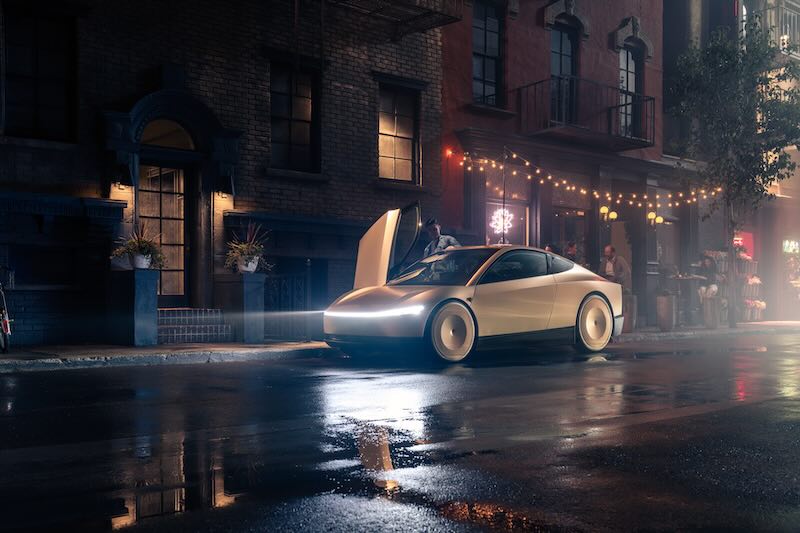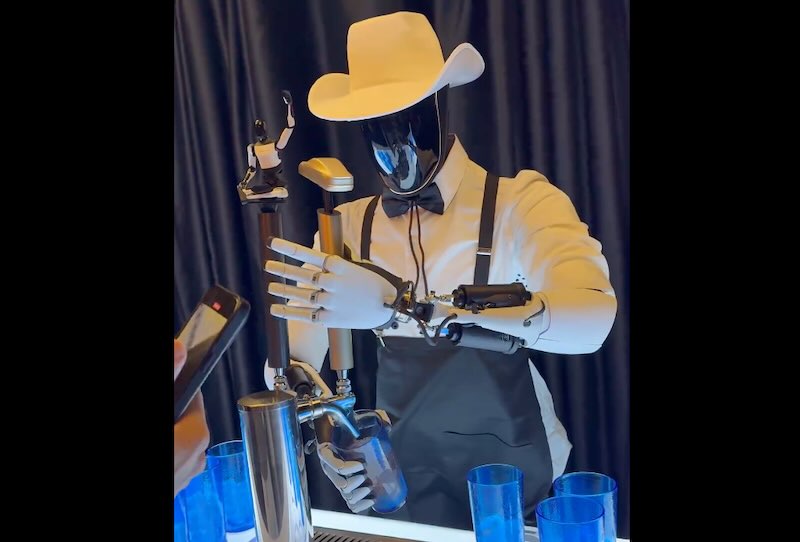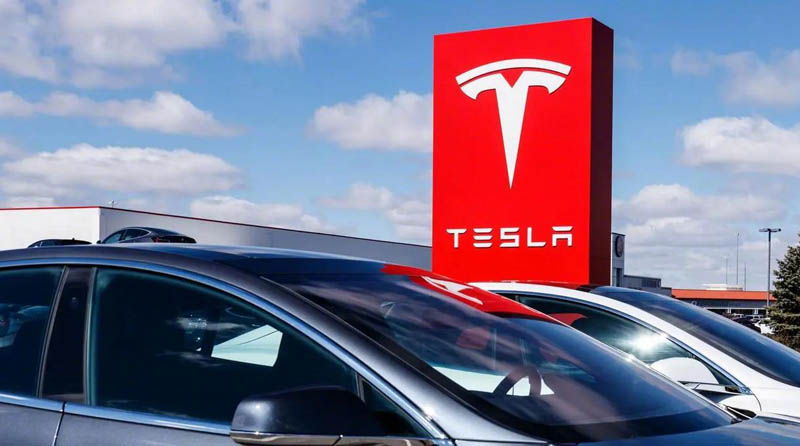Tesla has revealed ambitious production targets for its Optimus humanoid robot and confirmed its robotaxi service remains on track for a June launch, according to new details shared with Wall Street analysts during an investor briefing led by Tesla IR head Travis Axelrod.
Despite years of missed deadlines and skepticism from industry watchers, Tesla appears to be pushing ahead with its autonomous taxi service. The company confirmed to analysts that the Robotaxi program is still scheduled for a June unveiling, starting with a limited fleet of 10-20 vehicles in Austin. Access will initially be restricted to invited users only, suggesting Tesla is taking a cautious approach to the rollout.

Tesla’s CyberCab
Tesla has quietly begun real-world testing of its Robotaxi service, Tesla launches employee robotaxi testing in Austin and Bay Area ahead of June public release, confirming Wednesday on X that its “FSD Supervised ride-hailing service is live for an early set of employees in Austin & San Francisco Bay Area.”
This timeline aligns with previous statements from CEO Elon Musk, who has consistently positioned the Robotaxi as a crucial element of Tesla’s future business model.
The analyst session revealed Tesla’s substantial ambitions for its humanoid robot program. According to information shared with Morgan Stanley, Tesla claims it can currently produce Optimus robots at a rate of 1,000 per month, with plans to offer investor tours of its manufacturing facilities by Q4 2025.
However, Elon quickly disputed these figures on X, stating: “Not correct. We are building a production line to enable 1000/month Optimus production, but that is still many months away.”

Tesla Optimus
The corrected information indicates Tesla has historically built about a dozen robots at a time at its Palo Alto engineering lab, not at its Fremont facility as initially reported.
Despite the correction, Tesla’s robot roadmap remains aggressive. The company’s second-generation production line reportedly targets 10k robots monthly, with a third-generation line aiming to increase that capacity tenfold. Tesla has expressed intentions to build thousands of Optimus robots by year-end.
Interestingly, Tesla noted that the neural networks powering Optimus are “far larger” than those used in its vehicles, highlighting the computational complexity of general-purpose robotics versus automotive applications.
The analyst session also provided rare insights into Tesla’s supercomputing strategy. The company’s Dojo system, designed specifically for training AI models on visual data, is already on its first generation. Tesla outlined plans for Dojo 2 in 2026, followed by Dojo 3 in 2028.
While not expected to match Nvidia’s performance “1 for 1,” Tesla believes Dojo 2 will be more efficient than its predecessor and more cost-effective than comparable Nvidia solutions. The company indicated that multiplying its computing capacity by 10x while securing cheaper chips could “unlock major value” for the business.
As Tesla continues its robotaxi and robot march, many will be watching to see if this time the company can deliver on its ambitious timeline without needing to correct the optimism.
Related Post
Tesla Optimus Robot Masters Blind Walking: Slip and Correct Itself is Even More Impressive
Tesla Optimus Robot Shows Off Dance Moves in New Elon Musk Video
